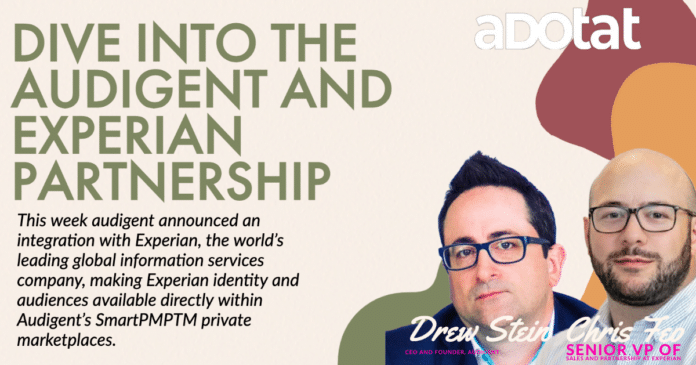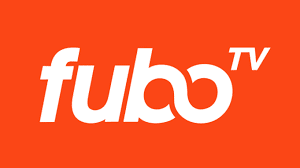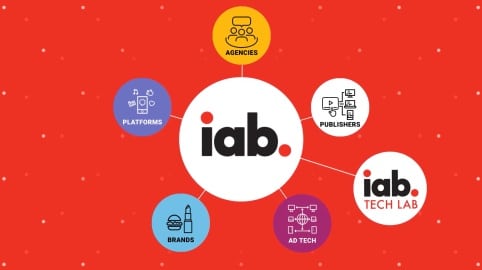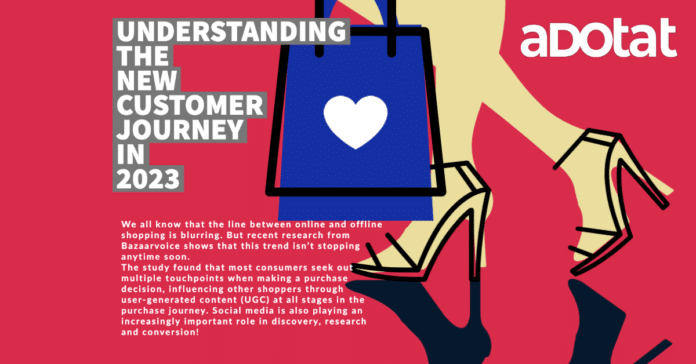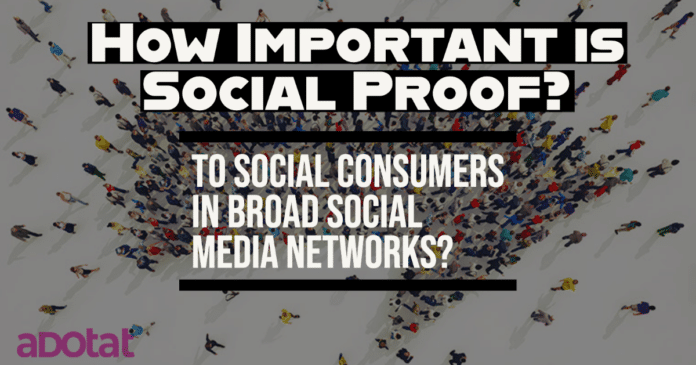Your social proof is the element of conversation that verify your brand. From customer and client testimonials to media interviews and even contributed content, your social proof is built with every interaction you make on behalf of your brand.
Even if you are just starting or transitioning into a new market, one of your main focuses should be building and maintaining a high level of social proof. Here’s why:
As the person responsible for marketing and advertising at a company, it’s your job to ensure potential customers are aware of your product or service—and convinced to buy it. In today’s climate, that means understanding and utilizing social proof. After all, 92% of consumers say they read online reviews before making a purchase, and 84% say they trust those reviews as much as a personal recommendation.
The average social media user is engaged with an average of 6.6 different engage with an average of 6.6 social media platforms. That might sound like a lot, but when you consider that there are over 2 billion active social media users worldwide, it’s not surprising that the number is so high.
Because users are on so many social platforms, it’s essential to realize that social proof is so much more important: they are seeing multiple products and your competitor’s products. They don’t have much time to focus for more than a few seconds. So getting the message across and providing social proof fast is extremely important.
In general, there are six types of social proof
1. Expert social proof is when an expert in your industry recommends your products or services or is associated with your brand. Examples: a Twitter shoutout by an expert or having an expert on your Twitter chat.
2. Celebrity social proof is when a celebrity endorses your products. Examples: an Instagram post or tweet about your product by a celebrity or influencer.
3. User social proof is when your current users recommend your products and services based on their experiences with your brand. Examples: praises on social media or positive ratings on review sites.
4. The wisdom of the crowd: This type of social proof is when a large group of people is seen to be endorsing your brand. Examples: having thousands of customers or millions of followers on your social media profiles.
5. The wisdom of your friends: This type of social proof is when people see their friends approve your product. Examples: seeing their friends use your product or follow you on social media.
6. Certification: This type of social proof is when you are given a stamp of approval by an authoritative figure in your industry. Examples: the blue checkmark on Twitter or Facebook.
How does Social Proof work?
As humans, we are hardwired to crave social connection. From an evolutionary standpoint, it makes sense; after all, we were never meant to survive on our own. Our need for belonging has been described as “a fundamental human motivation.” This desire to belong also means we often look to others for social proof that things work, that something should be bought, and that it’s actually cool.
In the social media age, this concept of social proof has taken on a new life. With the ability to see what our peers are doing and saying at the click of a button, we’re more likely than ever to rely on the opinions of those around us when purchasing decisions.
Also, in recent years, the rise of social media has brought a new level of awareness to the phenomenon known as fear of missing out, or FOMO. Though FOMO has always been a powerful force in marketing, social media has amplified its effects and made it more difficult for brands to stay ahead of the curve. In this blog post, we’ll look at the origins of FOMO and how it has evolved. We’ll also explore ways marketers can stay ahead of the curve and avoid being left behind.
Fear of missing out is a powerful emotion that has long played a role in marketing. In its simplest form, FOMO is the fear that we will miss out on something important if we don’t take action. It’s the feeling we get when we see our friends posting about a fabulous vacation or a great new restaurant they tried, and we were omitted. It’s the insecurity we feel when we’re not invited to a party or when we see someone else getting a promotion at work. FOMO is an emotional response to the perceived exclusion that compels us to take action so that we don’t miss out on something important.
FOMO has always been a powerful force in marketing because it is a strong motivator. Brands have long used Fear Of Missing Out to their advantage by creating scarcity or exclusivity around their products and services. Consider Black Friday sales, which generate a sense of urgency around holiday shopping or limited edition products that are only available for a short time. These strategies work because they tap into our fears of missing out on something important.
Social media has changed the way we experience FOMO. In the past, our fears were based on things we saw happening in our lives or something we heard about from friends and family. Today, thanks to social media, we are constantly bombarded with images and stories of other people’s fabulous vacations, amazing parties, and enviable careers. This constant stream of “perfect” lives can leave us feeling like we’re not doing enough or missing out on something important.
Moreover, social media has made it easier for brands to tap into our fears of missing out. Through targeted ads and personalized recommendations, brands can show us precisely what we’re missing out on in real-time. And because social media never sleeps, neither does our fear of missing out.
Of course, we must also talk about the power of storytelling. Humans are naturally wired to think and organize our lives in stories. That’s why storytelling in social media provides some of the best social proof and reasons for buying a product or service.
When done correctly, storytelling can be a potent marketing tool. It can help you connect with your target audience on a personal level, build trust, and increase brand awareness. Furthermore, stories are typically more memorable than other forms of marketing content (like statistics or data), which means they’re more likely to stick with your audience long after they’ve seen or heard them.
For CMOS looking to leverage the power of storytelling in social media marketing, there are a few key benefits to keep in mind. First and foremost, as mentioned above, stories are incredibly memorable. They can stay with us long after we’ve heard or read them, which is why they’re such an effective marketing tool. When people can remember your story — whether it’s because it made them laugh, cry, or think –, they’re much more likely to act on it. They’re also more likely to share it with others, which helps increase brand awareness and reach.
Another benefit of storytelling in social media marketing is that it allows you to connect with your target audience on a personal level. People want to do business with companies that they feel like they know and can trust — and one of the best ways to build that trust is through stories. When you share stories about your company, your team members, your customers, or even yourself, you’re helping your target audience feel like they know you, making them much more likely to do business with you.
How Can Marketers Use Social Proof?
There are numerous ways marketers can use social proof to connect with their target audience on a human level. Below are three examples of how social proof can be used in marketing:
1. Use customer testimonials: They are one of the most effective forms of social proof because they show that real people have had positive experiences with your company or product. When potential customers see that others have had success with your brand, they’re more likely to give you a try themselves. When potential customers see that your product has helped others achieve their goals, they’ll be more likely to buy it themselves. You can share customer stories by posting testimonials or case studies on your social media channels or even blog posts.
2. Leverage user-generated content (UGC): UGC is any content—textual, visual, or audio—created by users of your product or service. UGC can take many forms, such as online reviews, photos or videos taken by customers while using your product, or even comments left on your brand’s social media profiles. One study found that UGC is 20% more influential than other types of traditional marketing, making it a potent tool for connecting with customers on a human level.
3. Capitalize on FOMO: FOMO—fear of missing out—is a natural phenomenon that happens when people feel like they might miss out on an opportunity if they don’t act fast enough. Humans are wired to want what we can’t have, which is why FOMO is an effective marketing tactic. Marketers can use FOMO to their advantage by creating limited-time offers or exclusive VIP experiences that will make potential customers want to jump on board before it’s too late.
4.. Create a brand narrative. Your brand should have a unique story that sets it apart from the competition. This narrative should be woven into your branding elements, including your logo, website design, and social media content. Creating a cohesive brand narrative will make your brand more memorable and recognizable, ultimately leading to more sales.
Do you have any examples of how you’ve used social proof in your marketing? I would love to learn from you, too. It’d be great to hear how you have been using social proof, social media-related or not, in your marketing. How well has it been working for you?


